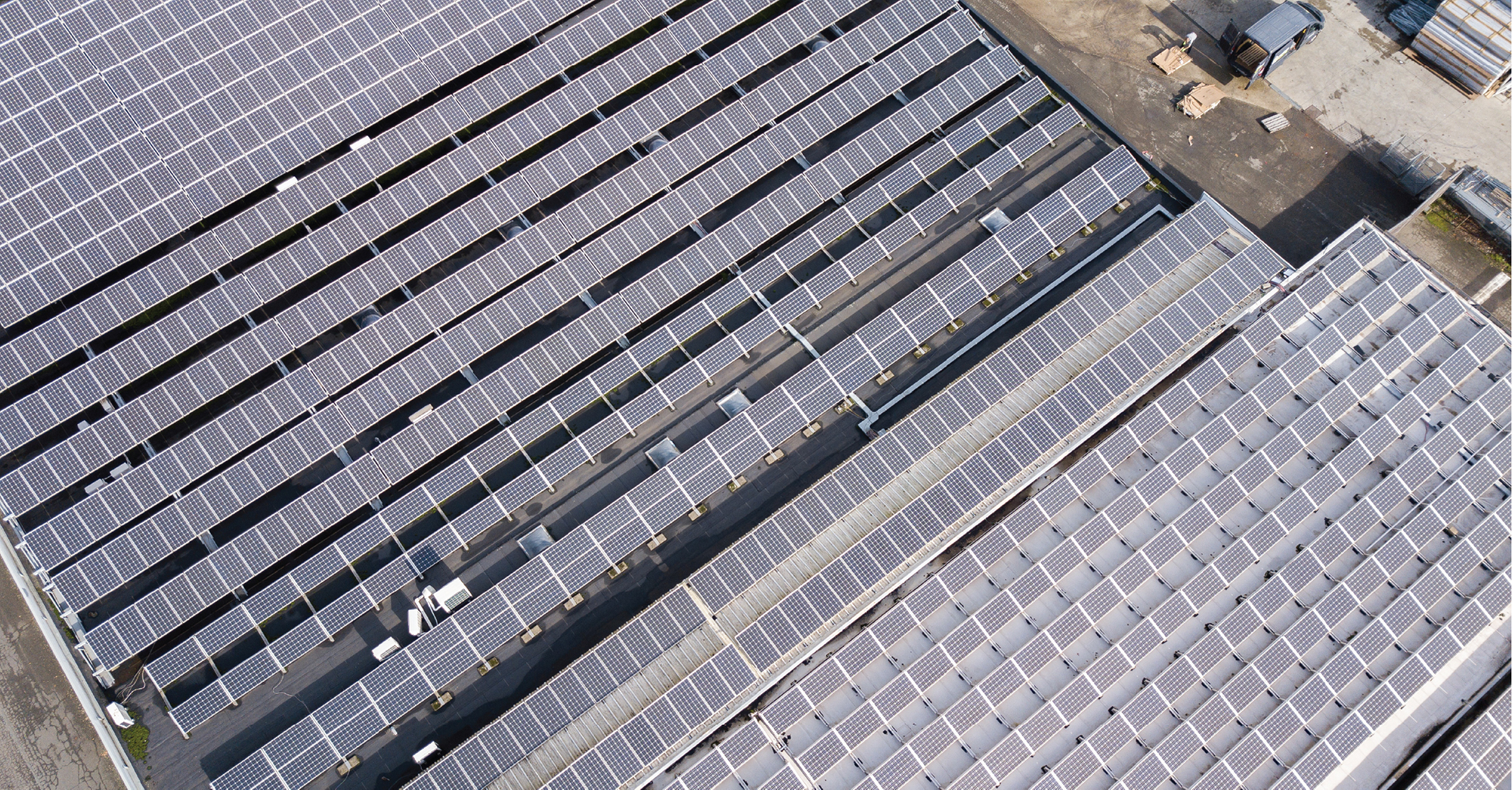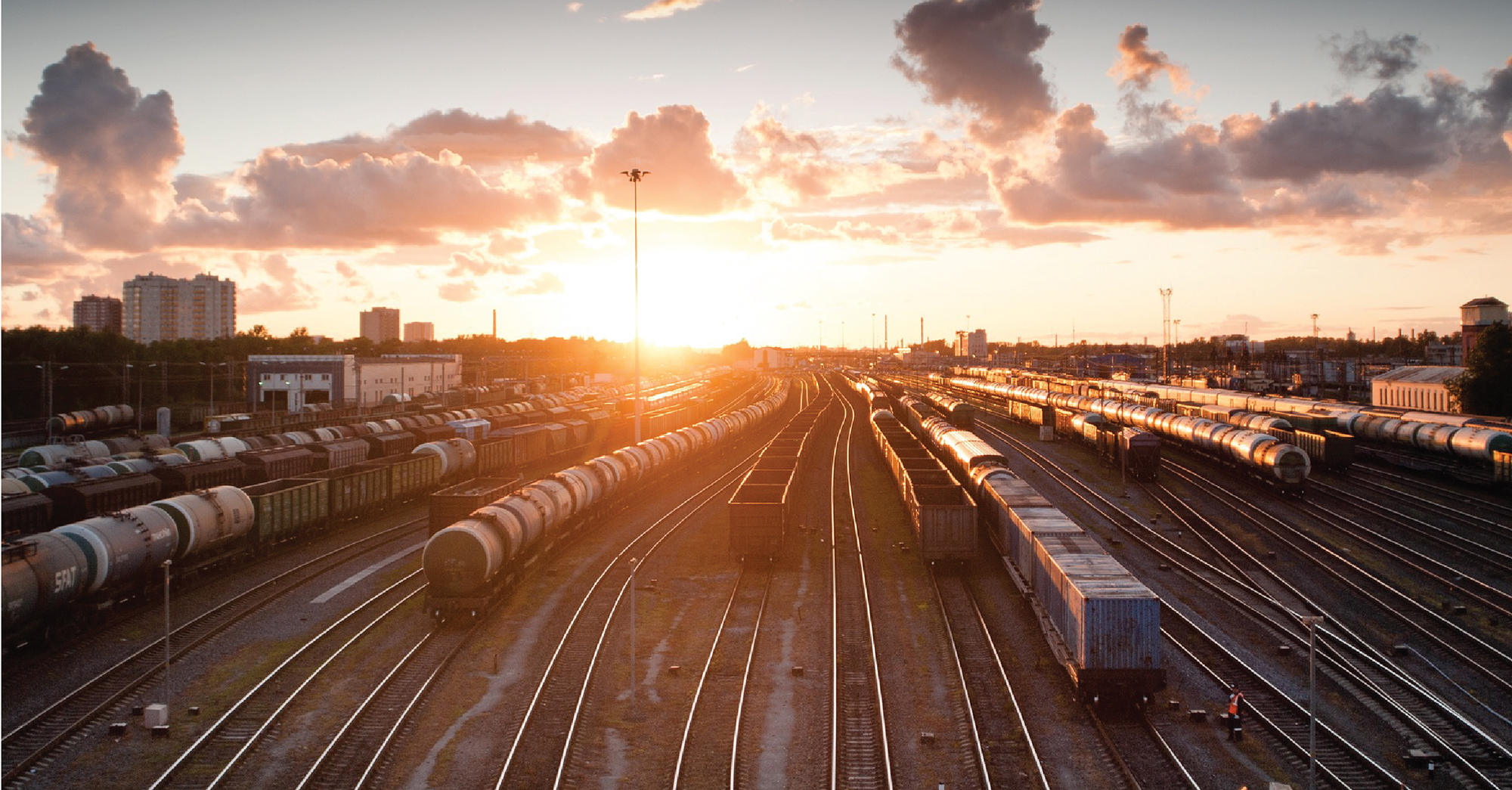New Company Tagline to be Revealed Soon
After many successful years with our current tagline “Excellence in Supply Chain”, we’re preparing to unveil a fresh new statement that better reflects who we are today. As Ziegler has grown and evolved, so too have our values and the breadth of services we offer. Our new tagline captures the essence of our progress and vision—and we can’t wait to share it with you. Stay tuned for the official reveal where we will share exactly why we felt it was time for change and why we believe the new tagline is the perfect fit.

Event Double Header Take Place at Crystal Palace Football Club
As the official logistics partner of Crystal Palace, Ziegler recently hosted two fantastic events that brought people together and elevated our brand visibility in exciting ways. The first was an exclusive networking session that included a behind-the-scenes Q&A with three members of the club’s management team, along with a unique opportunity to watch the first team in training. The second event was a lively hospitality takeover, where guests had the opportunity to win some club memorabilia in a competitive foosball tournament. Both occasions offered memorable experiences, meaningful conversations, and excellent opportunities to connect with partners, clients, and prospects alike.
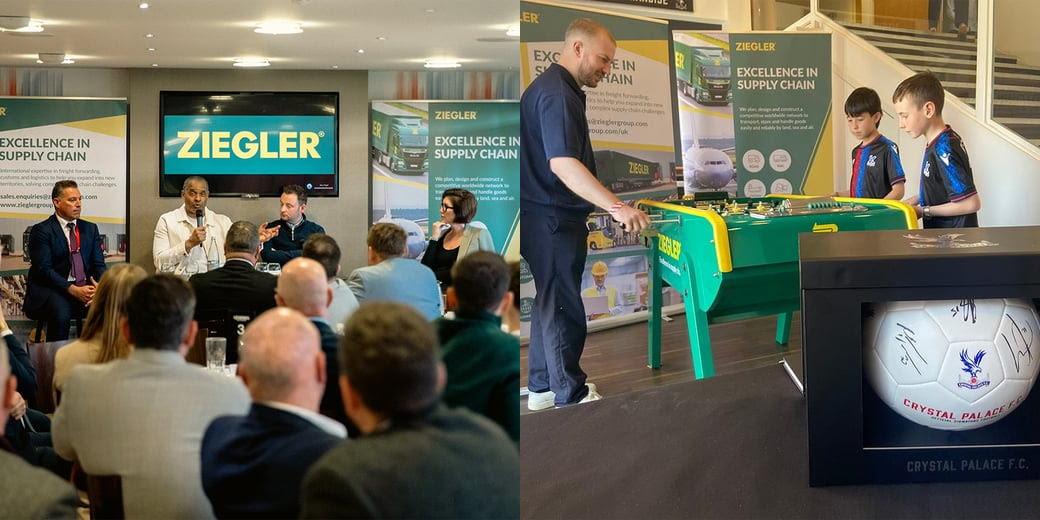
A Look Ahead to Two Industry Exhibitions in June
We’re Eagerly Preparing for Two Industry Exhibitions This June.
Firstly, we’ll be heading to Transport Logistic in Germany to exhibit there for the very first time, expanding our presence on the international stage. We also return to Multimodal in the UK for the fourth consecutive year—always a fantastic event for connecting with logistics professionals and showcasing our capabilities. Register for your attendance to either below.
Transport Logistic
WHERE: ICM Center,Munich,Germany
WHEN: 2-5June2025
FIND US AT: HallB2, Stand324
Register here
Multimodal
WHERE: The NEC, Birmingham, UK
WHEN: 17-19 June 2025
FIND US AT: Stand 4030
Register here
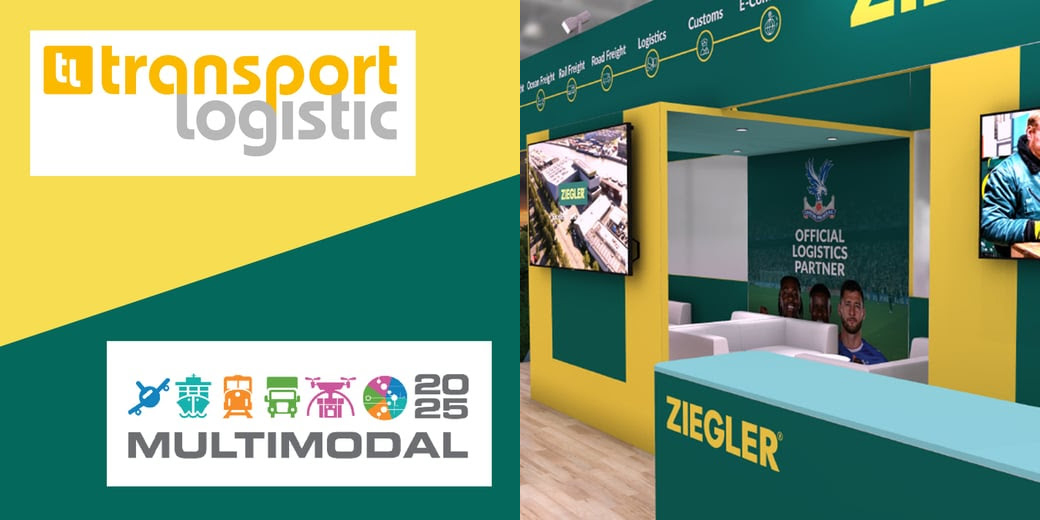
US Tariffs and What They Potentially Mean for UK-US Trade
The US continues to review and adjust import tariffs, which directly impact global trade, including UK exports. These changes can lead to increased costs or more complex customs procedures for certain sectors. However, Ziegler’s in-depth knowledge of international trade ensures we can help navigate these challenges. With our expertise, we’ll guide you through the evolving tariff landscape to optimize your logistics and minimize disruptions. Check out the article below for more info and contact us via our website to discuss your options in detail and ensure your supply chain remains efficient and compliant. Read more…
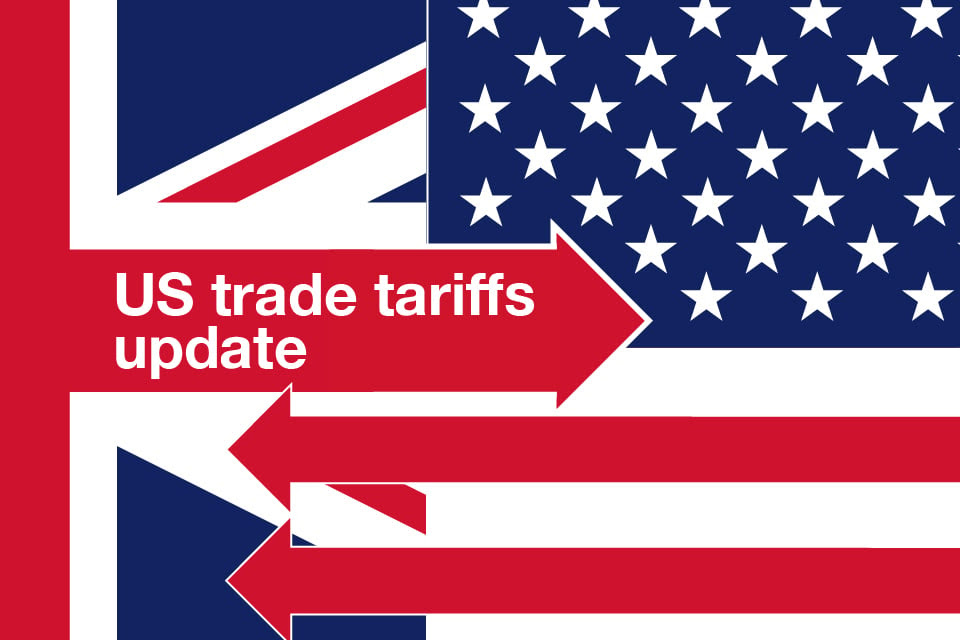
UK Head at London Gateway Celebrates 1st Birthday
In February, we celebrated 1 year since our expansion move into a new, purpose-built head office at London Gateway. The milestone marked a year of growth, innovation, and success— a true reflection of the hard-work and commitment we are lucky to have within our dedicated UK team.

AI Robotics Introduced to UK Warehouse for Inventory Management
We recently introduced a cutting-edge inventory management robot at our London Gateway warehouse, in partnership with Dexory. This new technology enhances real-time visibility, accuracy, and operational efficiency—helping us streamline processes and deliver even smarter logistics solutions for our customers.
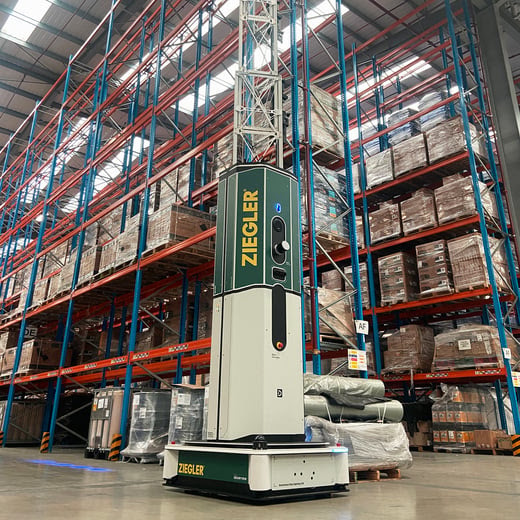
Don’t Forget to follow us on social media
Stay connected to ensure you’re always up to date with all latest Ziegler UK news, promotions and offers.
Click on the social media icons at the bottom of this page to follow us on each channel.

Ziegler Group is pleased to announce the opening of our new office in Vietnam, marking a significant step in our Southeast Asian expansion and enhancing our ability to serve global customers. Officially commencing operations on May 5, 2025, this strategic location will initially provide top-tier Sea Freight and Air Freight services.
Why Vietnam: A Market of Significant Growth
Ziegler Group’s decision to establish a branch in Vietnam is driven by the country’s compelling market dynamics. Vietnam’s rapidly growing economy and its increasing significance as a global manufacturing hub make it a crucial location for our strategic expansion. This move allows Ziegler Group to:
- Enhance Customer Experience: We will offer our valued customers a dedicated single point of contact for all their import and export needs, streamlining operations and simplifying complex logistics processes.
- Deliver Tailored Solutions: Our local presence will allow us to develop and deliver customised logistics solutions that precisely address the unique requirements of businesses operating in the Vietnamese market.
- Strengthen Global Network: This new branch will further solidify Ziegler’s position as a leading international logistics provider, expanding our reach and capabilities across Asia.
As Toan Ha, Branch Manager of Ziegler Vietnam, explained, “The Vietnamese market holds immense potential, and we are excited to establish a strong presence here. Our goal is to become the preferred logistics partner for businesses in Vietnam, providing them with efficient, reliable, and customised solutions.”
Our Logistics Services in Vietnam
Ziegler Vietnam is launching with a strong foundation of key logistics services:
- Sea Freight: Comprehensive solutions for the efficient and cost-effective transportation of goods by sea.
- Air Freight: Fast and reliable air transportation services to meet time-sensitive shipping needs.
- Customs services: Expert assistance with navigating the complexities of customs regulations and procedures.
- Transit solutions: Support for the seamless movement of goods in transit, including coordination of rail freight where applicable.
Meet Our Vietnam Team
The Ziegler Vietnam branch is led by Toan Ha, who brings valuable experience and local expertise to the role. Born in Vietnam and raised in Germany, Toan is fluent in German (his mother tongue), Vietnamese, and English, and has a deep understanding of both German and Vietnamese cultures. The branch is starting out with a dedicated team that includes an accountant/HR administrator and a local agent. We are currently focused on establishing our initial operations and will strategically expand our team in the future to include operations and pricing specialists, ensuring we have the right talent to support our growth and provide exceptional service as our needs evolve.
Contact Ziegler Vietnam
Location: No. 56 Nguyen Dinh Chieu, Dakao Ward, District 1, Ho Chi Minh City, Vietnam
Phone: +84 915 456 097
Email: toan.ha@zieglergroup.com
Office Hours: 9:00 AM – 6:00 PM
In today’s fast-paced world of global trade, freight forwarders must constantly evolve to meet the growing demand for speed, transparency, and sustainability. Ziegler is leading the way with forward-thinking technologies and partnerships that are reshaping the logistics landscape. From digital freight forwarding and AI to green logistics and smart customs systems, Ziegler is showing that innovation goes beyond words—it’s embedded in their approach to logistics and customer solutions.
Smarter Warehousing with Autonomous Robotics
Ziegler’s investment in cutting-edge technology includes the recent introduction of an autonomous inventory management robot, powered by Dexory, at the Ziegler UK’s HQ, London Gateway site.
This state-of-the-art robot can scan up to 10,000 pallet locations per hour using a 12-metre extendable tower equipped with advanced cameras, sensors, and lidar. It independently navigates the warehouse, providing real-time data capture and a live digital twin of the warehouse through DexoryView.
The result? Greater visibility, accuracy, and efficiency. Ziegler can proactively detect stock discrepancies, optimise space, and improve decision-making with up-to-date insights—ensuring seamless operations and improved service levels for clients.
Revolutionising Rail Freight with the Consol Box
One of Ziegler’s standout innovations is the Consol Box rail freight service. Connecting China directly to Ziegler’s hub in Welkenraedt, Belgium, this solution offers predictable transit times and seamless multimodal integration.
Did you know? Rail freight emits up to 80% less CO₂ than road freight over long distances, according to the European Environment Agency.
Ziegler’s investment in rail freight isn’t just about efficiency—it’s about drastically reducing the carbon footprint of supply chains, offering clients a smarter, greener alternative.
Smarter Customs with NCTS 5
Ziegler is also making strides in customs modernisation with the introduction of NCTS 5, the latest version of the New Computerised Transit System used across Europe. Designed to improve transparency, data accuracy, and border security, NCTS 5 supports faster, more efficient international trade.
By embracing such digital upgrades, Ziegler is enhancing its digital freight forwarding capabilities—delivering faster clearance, fewer errors, and real-time tracking for customers shipping across borders.
A Real Commitment to Green Logistics
At The Ziegler Group, sustainability is embedded in everyday operations—not treated as an afterthought. From electric vehicle (EV) deliveries to optimised route planning and biofuel-powered transport, Ziegler’s efforts to reduce emissions are wide-reaching.
In Ziegler’s 2024 Sustainability Report, the company reaffirms its ambition to “transform logistics into a cleaner and more responsible industry.”
With Low Emission Zone (LEZ) solutions and tailored green logistics services, Ziegler enables clients to align their operations with both local regulations and global climate goals.
Powering the Future with Futech
Ziegler’s partnership with Futech—a pioneer in solar energy—is a clear example of how logistics can support innovation and sustainability. Ziegler handles Futech’s multimodal transport operations, ensuring that their advanced solar energy systems are delivered efficiently and reliably.
This collaboration allows Futech to focus on what they do best—designing and manufacturing renewable energy solutions—while Ziegler ensures smooth, timely delivery using all modes of transport.
This partnership is rooted in shared values: a passion for the environment, a commitment to sustainable development, and a belief in the power of emerging green technologies.
Together, Ziegler and Futech are helping to drive the green technology revolution, proving that logistics providers can be powerful enablers of positive change.
The Road Ahead: Drones, AI and Next-Gen Logistics
Ziegler is actively exploring the potential of AI in supply chains and drone technology to optimise operations. From automating warehouse inspections to enabling predictive planning, these tools are set to transform logistics workflows.
And it doesn’t stop there. Ziegler has also launched pilot projects in autonomous and electric delivery—a bold move towards a more intelligent and sustainable last-mile solution.
Let’s Build a Smarter, Greener Supply Chain Together
Ziegler’s approach is clear: innovation and sustainability go hand in hand. Whether through digital freight forwarding, green logistics strategies, or pioneering partnerships, Ziegler is shaping the future of global logistics—today.
Now is the time to rethink freight. Join Ziegler on the journey to smarter, cleaner, and more connected supply chains.
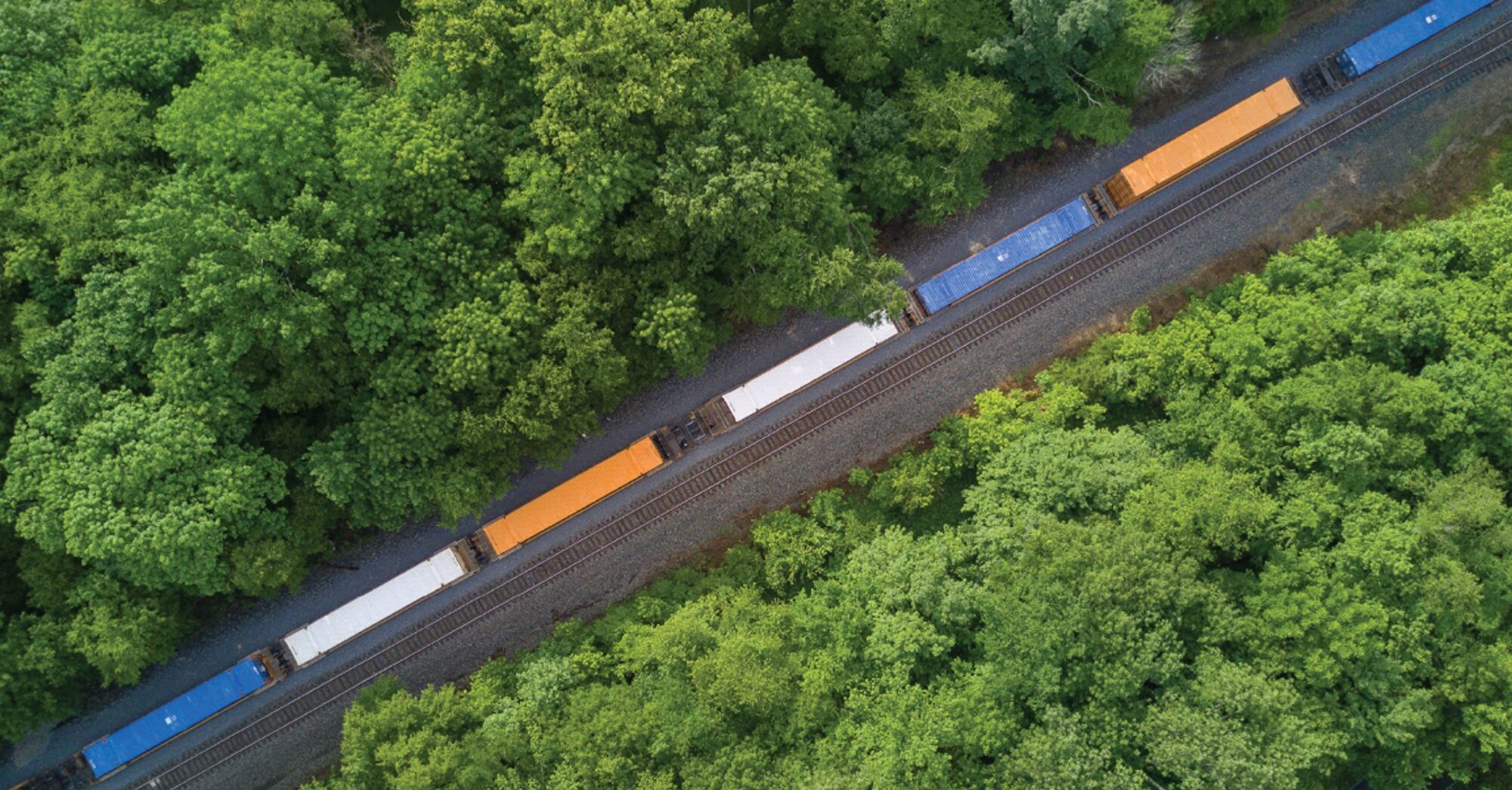
As springtime makes the world new around us, we send our warmest wishes for a happy Easter.
May this season bring you moments of quiet, clear thought, and a renewed sense of energy.
Just as nature grows, we hope this time encourages good changes and fresh ideas – both in your work and in your everyday life.
Wishing you a Happy Easter filled with lasting wins, genuine happiness, and ongoing positive movement.
We’re delighted to introduce our new Consol Box service, a rail freight solution connecting China directly to our strategically located hub in Welkenraedt, Belgium. This exclusive Ziegler Group service not only offers unmatched transit times, superior quality, and comprehensive logistics support but also prioritises sustainability.
With freight arriving in Welkenraedt, we can utilise our extensive branch network and expertise to provide efficient distribution, warehousing, and customs services across Europe.
Expanding our reach across Asia
We’ve further enhanced our network to offer seamless connections from various Asian countries to our China-Europe rail service:
- Japan and South Korea: A combination of efficient sea and air freight options with road transport ensures smooth transit to China for consolidation and onward rail transport.
- Myanmar, Thailand, and Vietnam: Direct road freight connections facilitate the movement of goods to China for consolidation and rail transport to Europe.

Key features of the China-Welkenraedt Consol Box service:
- Express rail service: your cargo travels on an express train, ensuring the fastest possible transit time.
- GPS tracking: enjoy peace of mind with real-time visibility of your shipment via our online tracking system..
- Flexible shipping options: choose between Less than Container Load (LCL) and Full Container Load (FCL) options to suit your specific needs.
- Extensive European reach: our service extends beyond Welkenraedt to major European destinations, including the UK, France, Germany, and more.
- China-wide collection: we provide comprehensive collection services from any location in China to ensure smooth delivery to our departure hub.
- Integrated logistics: Ziegler Group manages all aspects of your shipment, from customs clearance to road freight for final delivery, ensuring a seamless experience.
- Commitment to sustainability: with a 95% reduction in CO2 emissions compared to air freight, our service aligns with your environmental goals.
Why choose Ziegler’s China-Welkenraedt Consol Box service?
- Unrivalled speed: our express train service delivers your cargo to Welkenraedt in just 17-18 days, making it the quickest way to transport freight by train from China to Europe.
- Reliability: with GPS tracking, reserved container space on trains, and Ziegler’s dedicated team, you can rest assured that your cargo is in safe hands and that there will always be room for your shipment.
- Cost-efficiency: our service offers a competitive alternative to air freight without compromising on speed or reliability.
- Environmental responsibility: by choosing our rail freight solution, you contribute to a greener supply chain.
Experience the Ziegler Group customer service
At Ziegler Group, we are dedicated to providing innovative and sustainable logistics solutions that adapt to the evolving needs of our customers. The China-Welkenraedt Consol Box service is a testament to this commitment, offering a premium, efficient, and eco-friendly shipping option for your China-Europe freight.
Contact us today to learn more and book your shipment!
The New Computerized Transit System (NCTS) has been a crucial part of customs procedures since its introduction in 2000. Designed to streamline transit processes and enhance security, NCTS has evolved over the years to meet new regulatory and technological demands. The latest upgrade, NCTS 5, is being implemented as part of the European Union’s Multi-Annual Strategic Plan (MASP) to further modernize customs procedures and align them with the Union Customs Code (UCC).
What Is NCTS and Why Was It Introduced?
Before NCTS, customs procedures relied on manual paperwork, leading to delays, errors, and increased risk of fraud. To address these inefficiencies, NCTS was developed to enable real-time data exchange and improve freight transport across Europe. It has since expanded to include EU member states and other countries within the Common Transit Treaty.
What are the Key Achievements of NCTS?
- Efficiency: Reduced administrative burdens for businesses and authorities.
- Fraud Prevention: Improved monitoring and security of transit goods.
- Transparency: Enhanced tracking of goods to build trust in international trade.
Why NCTS 5?
NCTS 5 is being introduced to meet evolving trade and regulatory requirements. The upgrade ensures compliance with the UCC and enhances interoperability with other customs IT systems, such as the Import Control System 2 (ICS2) and the Automated Export System (AES).
Improvements with NCTS 5:
- Stronger Compliance: Aligns with the UCC’s digitalization and harmonization efforts.
- Improved Interoperability: Better integration with other customs systems and authorities.
- Enhanced Security: Strengthened fraud detection and risk management capabilities.
- Centralized System: A unified, standardized platform for smoother operations.
- Faster Processing: Reduced administrative workload and improved tracking of goods.
What are the key changes for You?
As part of the transition to NCTS 5, certain procedures will be updated:
- Mandatory 6-Digit HS Code: You must now always enter the full 6-digit Harmonized System (HS) code.
- Simplified Container Transport Reporting: For container shipments, you are only required to provide the container number—license plate, vehicle name, and nationality are no longer mandatory.
NCTS 5 represents a significant step toward a fully digital, efficient, and secure customs transit system. By complying with the UCC and integrating with modern customs IT systems, it enables better collaboration between businesses and authorities, ensuring a future-proof transit process.
Stay informed and prepared for these changes to ensure a seamless transition to NCTS 5.
Warehousing and Logistics: Get Your Quote Now!
At Ziegler UK, we provide end-to-end warehousing and logistics solutions tailored to businesses across the pharmaceutical, FMCG, fashion, retail, and industrial sectors. Our strategically located warehouses in London Gateway, Northampton, and Birmingham ensure efficient national and European distribution, integrating seamlessly with road, sea and air networks.
Whether you need short-term overflow storage, temperature-controlled warehousing, or multimodal transport solutions, Ziegler UK delivers flexibility, reliability, and technology-driven visibility to streamline your supply chain.
Comprehensive Warehousing and Logistics
Optimise your UK, European and World distribution with our state-of-the-art warehousing and logistics facilities. Each site is designed to support bulk storage, palletised goods, and value-added services such as packing, assembly, labelling, and quality inspections.
Industry-Specific Solutions
- Pharmaceutical & Healthcare: WDA-licensed, temperature-controlled storage at Northampton ensures compliance and supply chain security.
- FMCG & Retail: Fast, scalable storage solutions with real-time inventory tracking for high-demand products.
- Fashion & Luxury Goods: Secure, climate-controlled warehousing for delicate and high-value stock.
- Industrial & Automotive: Large-scale logistics operations supported by multimodal transport links.
Strategic Warehouse Locations
London Gateway – Ziegler UK’s Multimodal Hub
- 500,000 sq ft facility within DP World’s London Gateway Logistics Park.
- 37 docking bays and 55,000 pallet racking spaces for high-volume distribution.
- Priority 24/7 port access, enabling fast clearance and turnaround of over 30 containers daily.
- Dedicated value-added services mezzanine (24,000 sq ft) for assembly, packaging, and order customisation.
- Best for: High-volume imports, fast-moving consumer goods, and multimodal logistics.
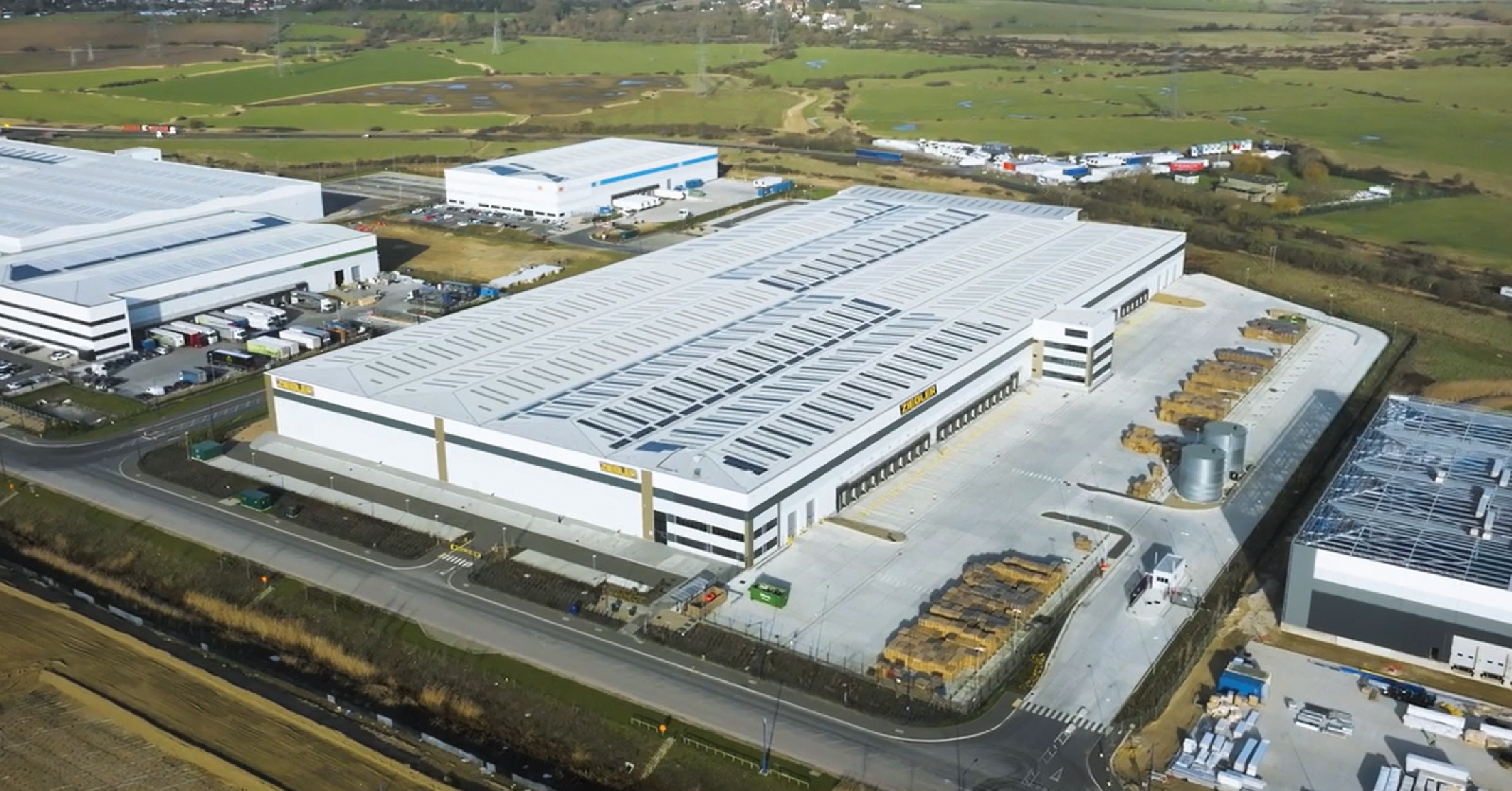
Northampton – The UK’s Premier Pharmaceutical Storage Hub
Ziegler UK’s Northampton warehouse has achieved a major milestone: it has been granted a Wholesale Distribution Authorisation (WDA) licence by the Medicines and Healthcare products Regulatory Agency (MHRA). This positions Ziegler as the only provider with a full UK network for pharmaceutical cold storage.
With 600 pallet spaces dedicated to temperature-controlled ambient and chilled healthcare storage, our GDP-trained team ensures full regulatory compliance and the safe, efficient distribution of pharmaceuticals and healthcare products.
Why Northampton is the Leading Choice for Healthcare Logistics
- WDA-Licensed Pharmaceutical Storage: Fully authorised to handle regulated healthcare products.
- Strict GDP Compliance: Ensuring product integrity and safety at every stage of storage and distribution.
- Hi-Tech Security: Advanced monitoring and tracking systems to protect valuable pharmaceuticals.
- Temperature Mapping & Back-Up Power: Guaranteed stability for temperature-sensitive shipments, even in power outages.
- Next-Day Temperature-Controlled Parcel Services: Swift and reliable pharmaceutical distribution.
- Dedicated Temperature-Controlled Delivery Services: Ensuring direct, secure transport to healthcare facilities.
- Best for: Pharmaceuticals, healthcare, and cold chain logistics requiring specialised compliance and high security.
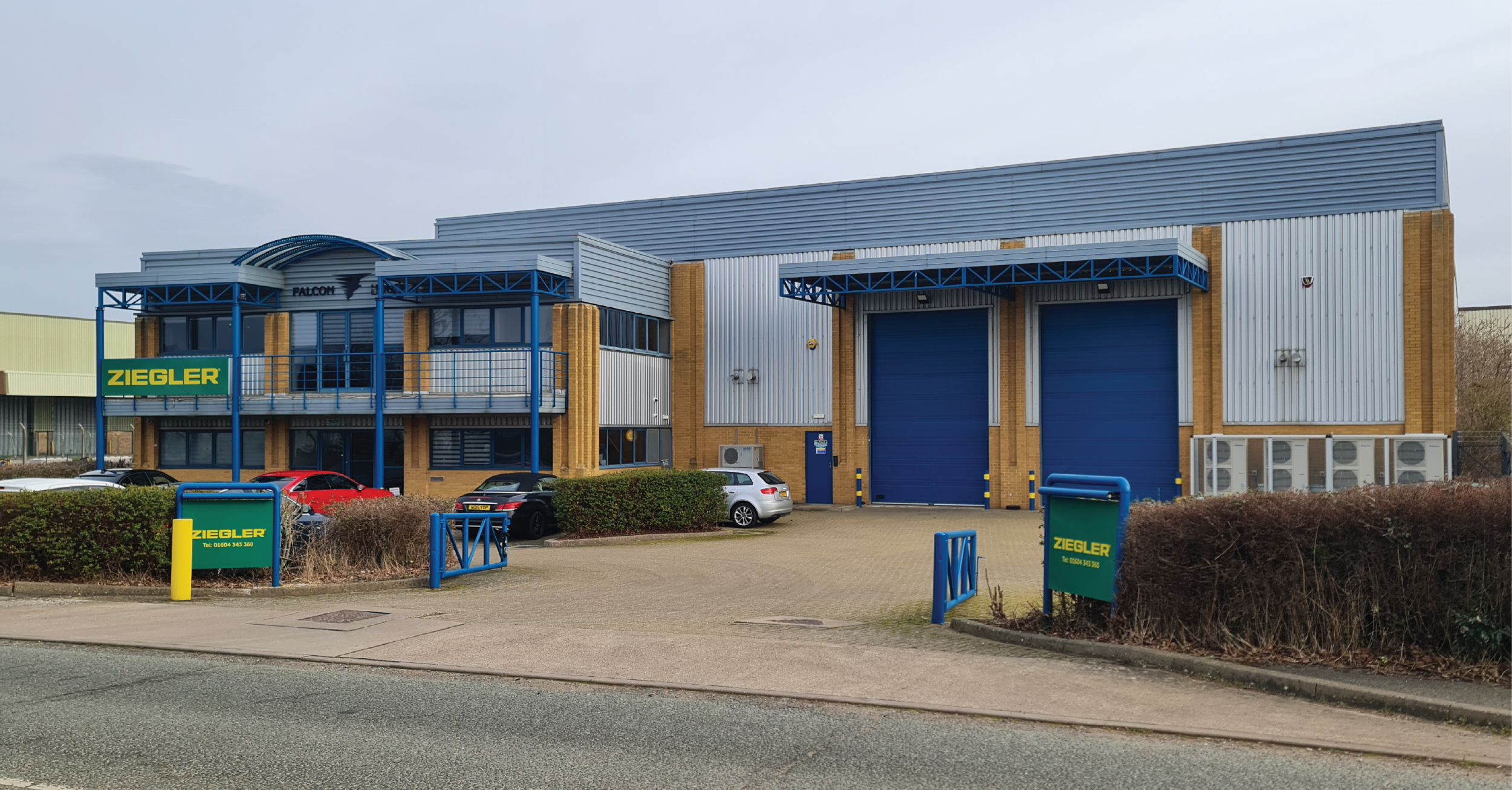
Birmingham (Tamworth) – Expanding to Meet Demand
- New 55,236 sq ft warehouse, just off the M42, with nationwide connectivity.
- 4 dock-level loading doors & 2 level access doors for efficient goods handling.
- Secure 50m yard depth, ideal for large-scale logistics and smooth operations.
- Best for: Nationwide distribution, scalable warehouse space, and fast logistics.
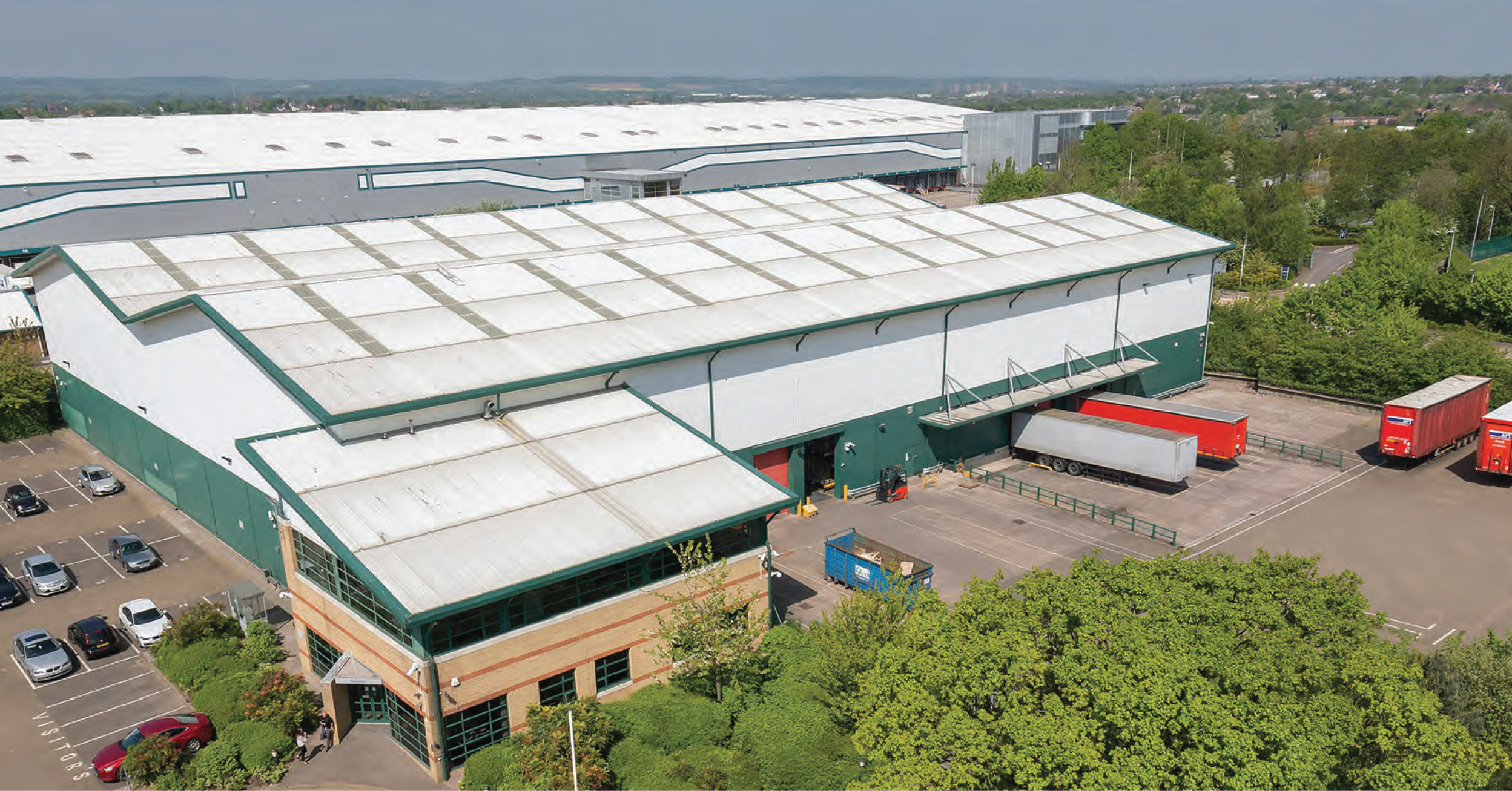
Flexibility and Value-Added Services
Ziegler UK goes beyond storage by providing tailored logistics solutions designed to adapt to your business needs:
- Customised storage plans: Scalable solutions that adjust to seasonal or market fluctuations.
- Value-added services: Packing, labelling, order fulfilment, and quality control inspections integrated into your supply chain.
- Multimodal transport: Seamless integration with sea, road, air, and rail freight for efficient deliveries.
- Full supply chain visibility: Real-time tracking, stock updates, and proactive inventory management.
Technology and Visibility
Leverage cutting-edge warehouse management systems (WMS) for real-time inventory control and order tracking.
- EDI systems and web-stock updates: Customisable stock updates up to twice per day.
- Ziegler:SMART Customs & Logistics Solutions: Accelerates import/export processes and improves cash flow.
- EasyTrack & ZOE digital platforms: Ensure full transparency in order management, tracking, and reporting.
Sustainability Initiatives
Ziegler UK is committed to reducing the environmental impact of logistics through:
- Carbon tracking & emission reduction strategies: Monitoring CO₂ footprints per shipment.
- Modal shifting: Increasing use of rail and multimodal transport to cut down road miles.
- Green technology: Investment in energy-efficient warehouse solutions.
- Sustainable packaging & waste reduction: Minimising environmental impact in operations.
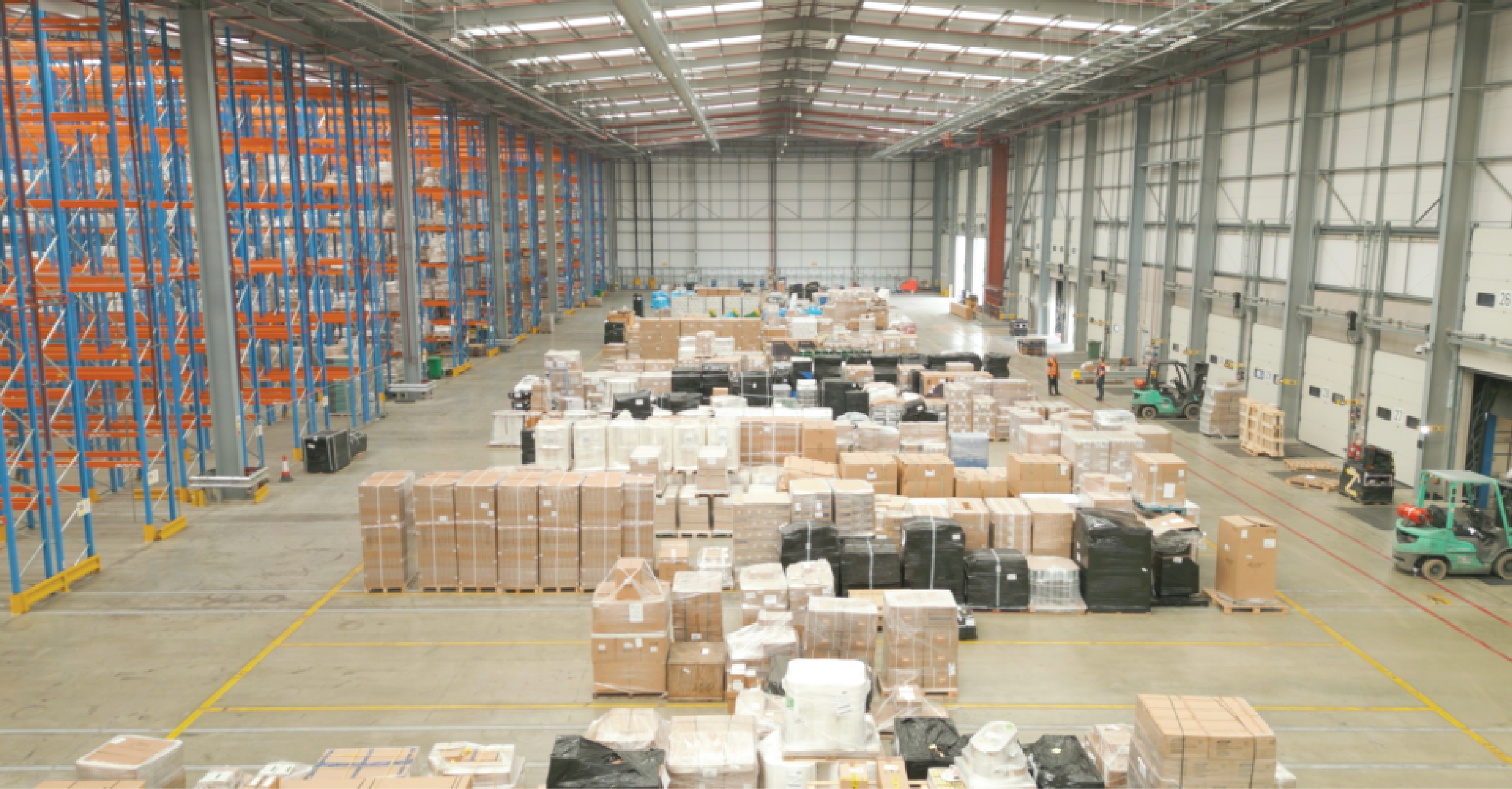
Customs and Compliance
We simplify customs procedures with bonded storage and customs-controlled warehouses, allowing businesses to:
- Store goods before duties apply, optimising cash flow.
- Ensure compliance with UK and EU regulations, reducing delays.
- Benefit from expert customs handling, ensuring smooth import/export operations.
Your Trusted UK Logistics Partner
When you choose Ziegler UK, you gain more than a service provider—you gain a logistics partner dedicated to enhancing your supply chain efficiency.
Why Choose Ziegler UK?
- Personalised account management: Dedicated experts to support your logistics needs.
- Multimodal expertise: Seamless integration across road, sea, air, and rail.
- Scalable, flexible storage solutions: Grow your storage capacity as your business expands.
- Real-time tracking & visibility: Smart logistics technology keeps you informed.
- Strategic UK locations: Prime warehouse hubs for nationwide & EU distribution.
Contact Us
Get in touch with Ziegler UK today to discuss your warehousing and logistics needs.
The logistics industry operates 365 days a year, but each season brings its own unique challenges. From severe winter weather disrupting transport to peak-season congestion straining supply chains, businesses need reliable logistics partners to keep operations running smoothly.
At Ziegler, we provide tailored end-to-end logistics solutions, helping businesses adapt to seasonal challenges, optimise supply chains, and ensure deliveries arrive on time—whatever the season.
Winter: Weather Disruptions and Cold Chain Logistics
Winter presents some of the toughest conditions for logistics, with ice, snow, and storms causing transport delays, supply chain disruptions, and increased risks for perishable goods.
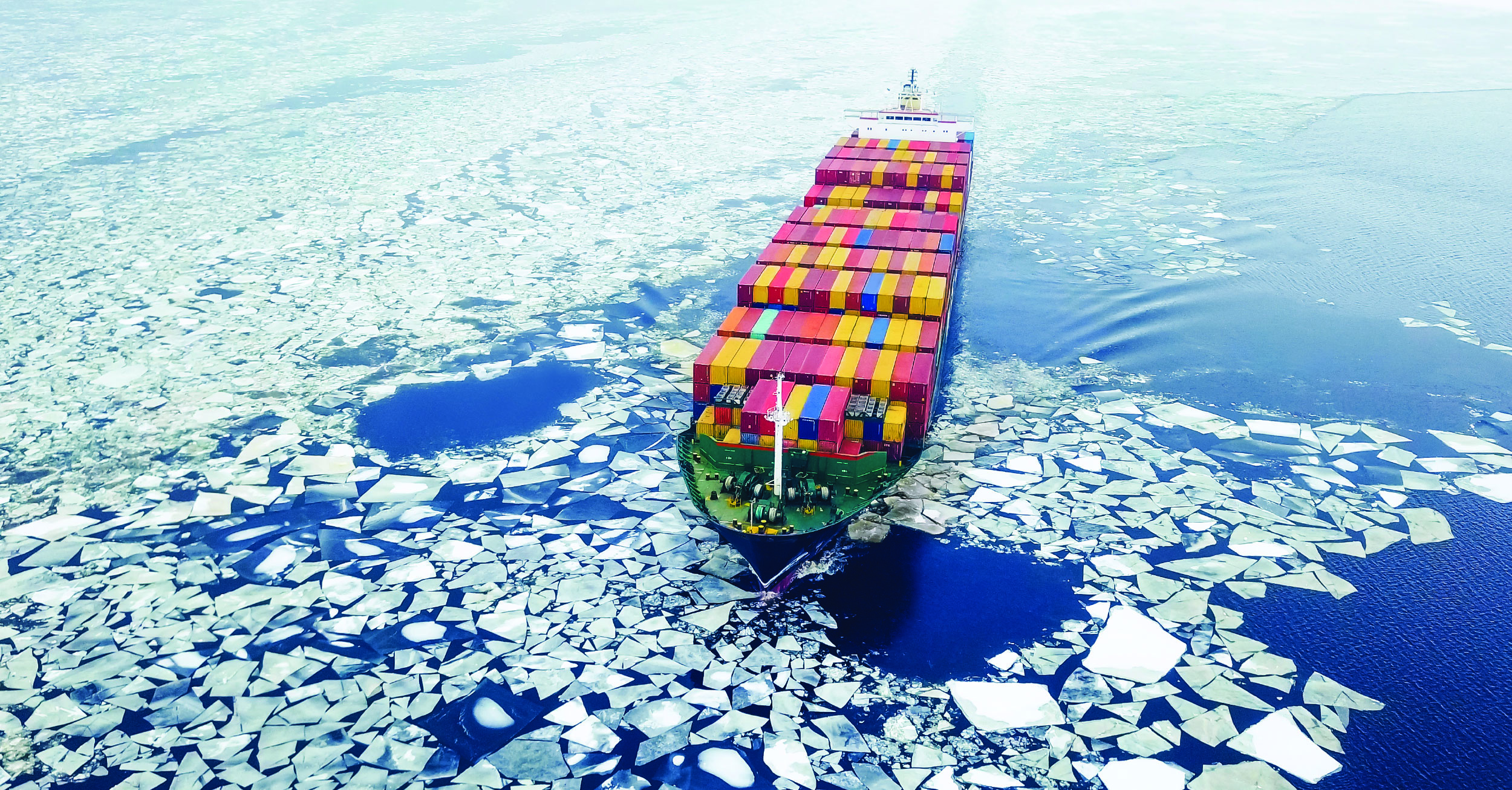
Common Challenges:
Severe weather can lead to road closures, flight cancellations, and port congestion.
Icy roads and poor visibility pose increased risks for drivers.
Temperature-sensitive cargo, such as pharmaceuticals, food, and chemicals, requires strict cold chain management.
How Ziegler Can Help:
- Temperature-controlled transport and warehousing to ensure perishable goods remain stable throughout transit.
- Real-time tracking and route optimisation to minimise weather-related delays.
- Customs and compliance expertise to prevent unnecessary holdups at borders.
Spring: Demand Surges and Supply Chain Flexibility
Spring signals a rise in consumer demand, particularly around Easter promotions, retail sales, and the start of the produce season. However, unpredictable weather conditions can still impact deliveries.

Common Challenges:
Surging demand for seasonal products requires increased logistics capacity.
Heavy rainfall and storms can disrupt road and air freight.
Produce shipments need fast, temperature-controlled distribution.
How Ziegler Can Help:
- Scalable warehousing and fulfilment solutions to handle seasonal fluctuations, including temperature-controlled warehousing.
- Agile multimodal transport options, ensuring cost-effective alternatives in case of delays.
- Real-time inventory management to help businesses track and manage stock more efficiently.
Summer: Heat Sensitivity and Labour Shortages
As temperatures rise, logistics companies face challenges related to heat-sensitive cargo, labour shortages, and increased port congestion due to peak shipping demand.

Common Challenges:
Extreme heat can affect the transport of perishable goods, electronics, and pharmaceuticals.
Workforce availability is limited due to staff holidays.
Port congestion and long lead times create additional strain during peak season.
How Ziegler Can Help:
- Refrigerated transport and warehousing to maintain product integrity.
- Workforce planning and automated logistics to reduce dependency on manual labour.
- Pre-booked freight capacity through longstanding partnerships with global carriers, ensuring transport availability ahead of peak season.
Autumn: Peak Season Readiness and Supply Chain Resilience
Autumn is a critical time for logistics, as businesses prepare for Black Friday, Christmas, and end-of-year sales. Companies must optimise their supply chains early to handle increased demand and avoid stock shortages.

Common Challenges:
High freight volumes as businesses build stock ahead of peak season.
Early storms and extreme weather events can impact deliveries.
Limited carrier capacity and rising freight rates put pressure on supply chains.
How Ziegler Can Help:
- End-to-end peak season logistics planning, helping businesses forecast demand, optimise stock levels, and secure transport capacity ahead of time.
- Strong carrier and supplier relationships, ensuring reliable shipping options even in high-demand periods.
- Agile warehousing and last-mile delivery solutions, with strategic distribution hubs across Europe to support efficient stock management and distribution.
Why Choose Ziegler?
Ziegler is more than just a logistics provider—it is a trusted partner in supply chain management, helping businesses navigate seasonal fluctuations with precision, flexibility, and efficiency.
- Tailored logistics solutions, whether for temperature-controlled transport, warehousing, or express freight.
- Technology-driven logistics, with AI-powered route planning, real-time tracking, and automated warehousing.
- A global network with local expertise, offering seamless international shipping solutions.
Stay Ahead of Seasonal Challenges with Ziegler
Each season presents unique logistics challenges, but with the right strategy and expert support, businesses can maintain efficiency, reduce costs, and meet customer demand all year round.
At Ziegler, we provide end-to-end logistics solutions tailored to your business needs. Whether you require climate-controlled transport, supply chain resilience planning, or peak-season logistics management, our expert team is here to help.
The global cold storage market is poised for remarkable growth, with recent forecasts from Technavio projecting an increase of £115.2 billion between 2024 and 2028. This substantial expansion, marked by a compound annual growth rate (CAGR) of 13.83%, signals a transformative period for the industry—one that Ziegler UK is uniquely positioned to lead, particularly in the crucial pharmaceutical sector.
Industry Evolution and Technological Advancement
The cold storage landscape is rapidly evolving, driven by technological innovations and increasing demand for temperature-sensitive product preservation. Advanced technologies, including automated temperature control and remote monitoring systems, are becoming essential components of modern cold storage facilities. This technological revolution is particularly crucial in pharmaceutical logistics, where maintaining precise temperature controls can mean the difference between viable and compromised medical supplies.
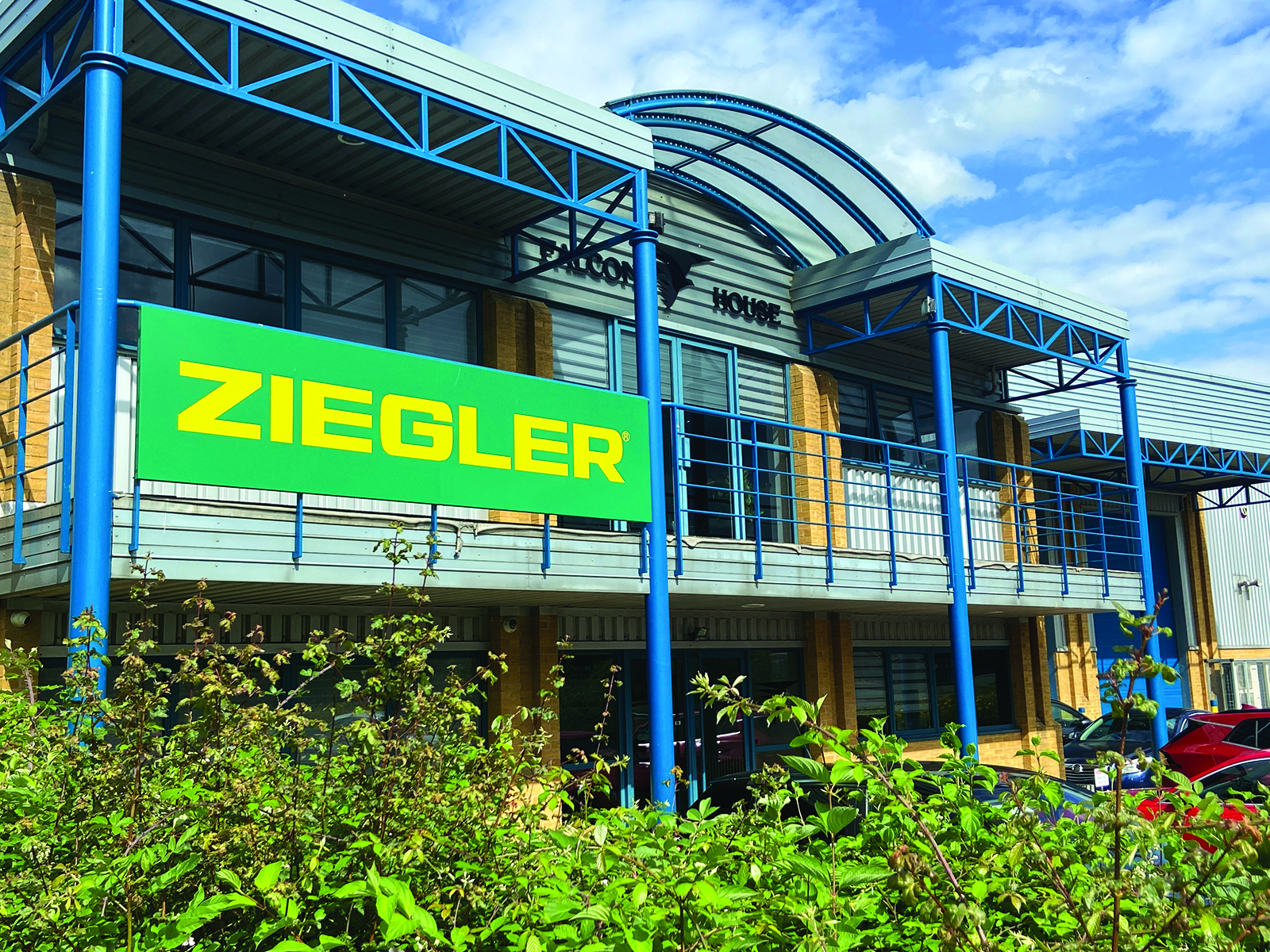
Ziegler Northampton: Setting New Standards in Pharmaceutical Storage
In a significant development for the UK pharmaceutical logistics sector, Ziegler’s Northampton branch has recently secured a prestigious Wholesale Distribution Authorization (WDA) license from the Medicines and Healthcare products Regulatory Agency (MHRA). This achievement marks a new chapter in Ziegler’s commitment to excellence in pharmaceutical transportation and storage.
The newly licensed facility boasts impressive capabilities:
- Dedicated temperature-controlled ambient and chilled storage for up to 600 pallets
- Access to 265 temperature-controlled vans and 9 depots nationwide
- Advanced temperature mapping technology
- Comprehensive backup power systems
- State-of-the-art security measures
- GDP-trained staff ensuring compliance and quality
What sets Ziegler Northampton apart is its unique position as the only WDA license holder with a complete UK network, enabling unparalleled next-day groupage services across the nation.
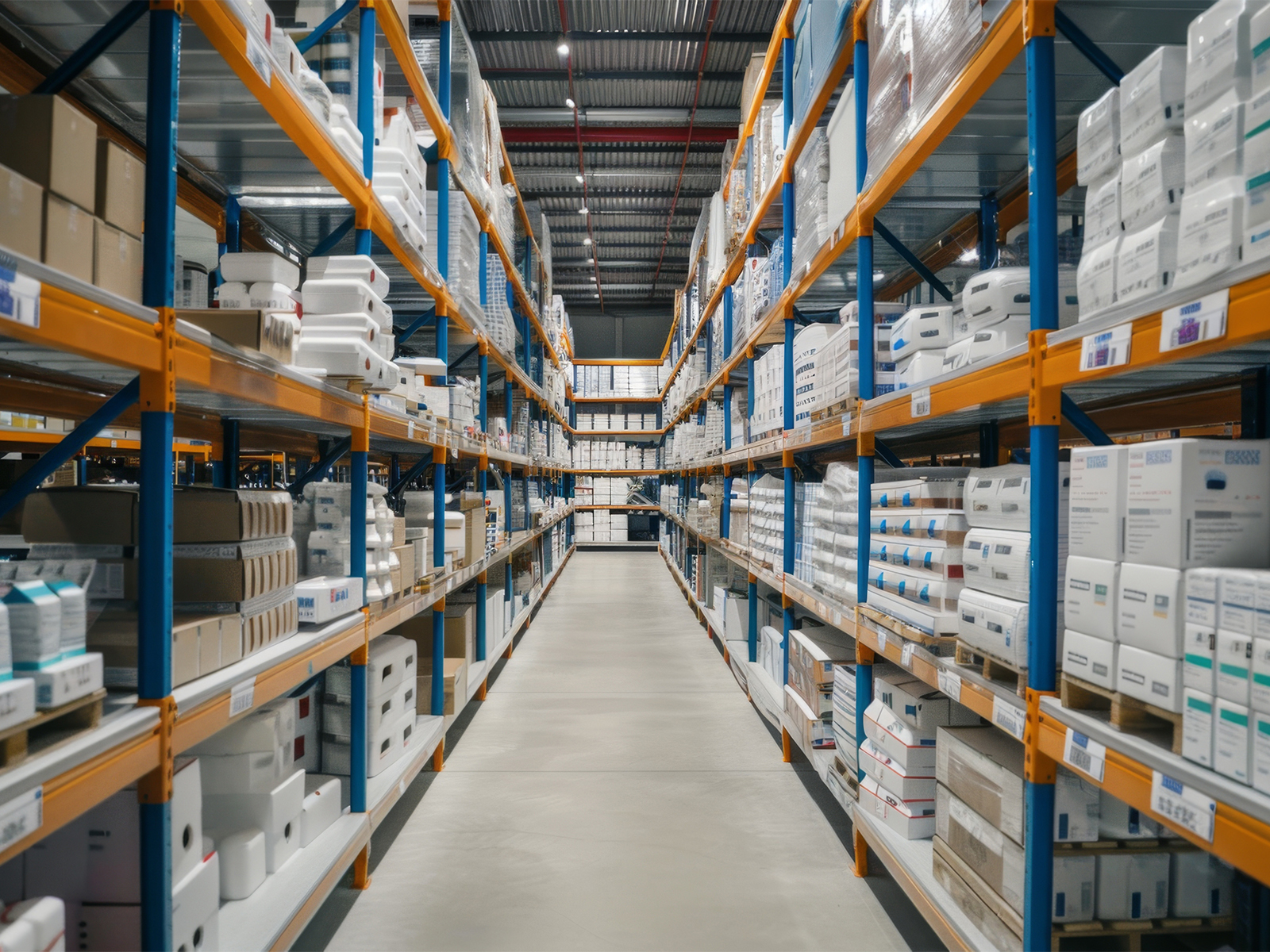
Addressing Industry Challenges
While the cold storage market faces various challenges, including seasonal demand fluctuations and high energy consumption requirements, Ziegler’s new facility incorporates innovative solutions to address these concerns. The company’s investment in energy-efficient systems and strategic location near key distribution centers helps optimise operational costs while maintaining the highest standards of pharmaceutical storage.
Strengthening the Healthcare Supply Chain
The importance of reliable cold storage facilities in the pharmaceutical sector cannot be overstated. Ziegler’s WDA-licensed facility strengthens the resilience of the healthcare supply chain by:
- Ensuring uninterrupted storage and distribution of temperature-sensitive medications
- Maintaining strict compliance with GDP guidelines
- Providing complete traceability of pharmaceutical products
- Offering flexible storage solutions for varying capacity needs
- Delivering dedicated temperature-controlled direct delivery services
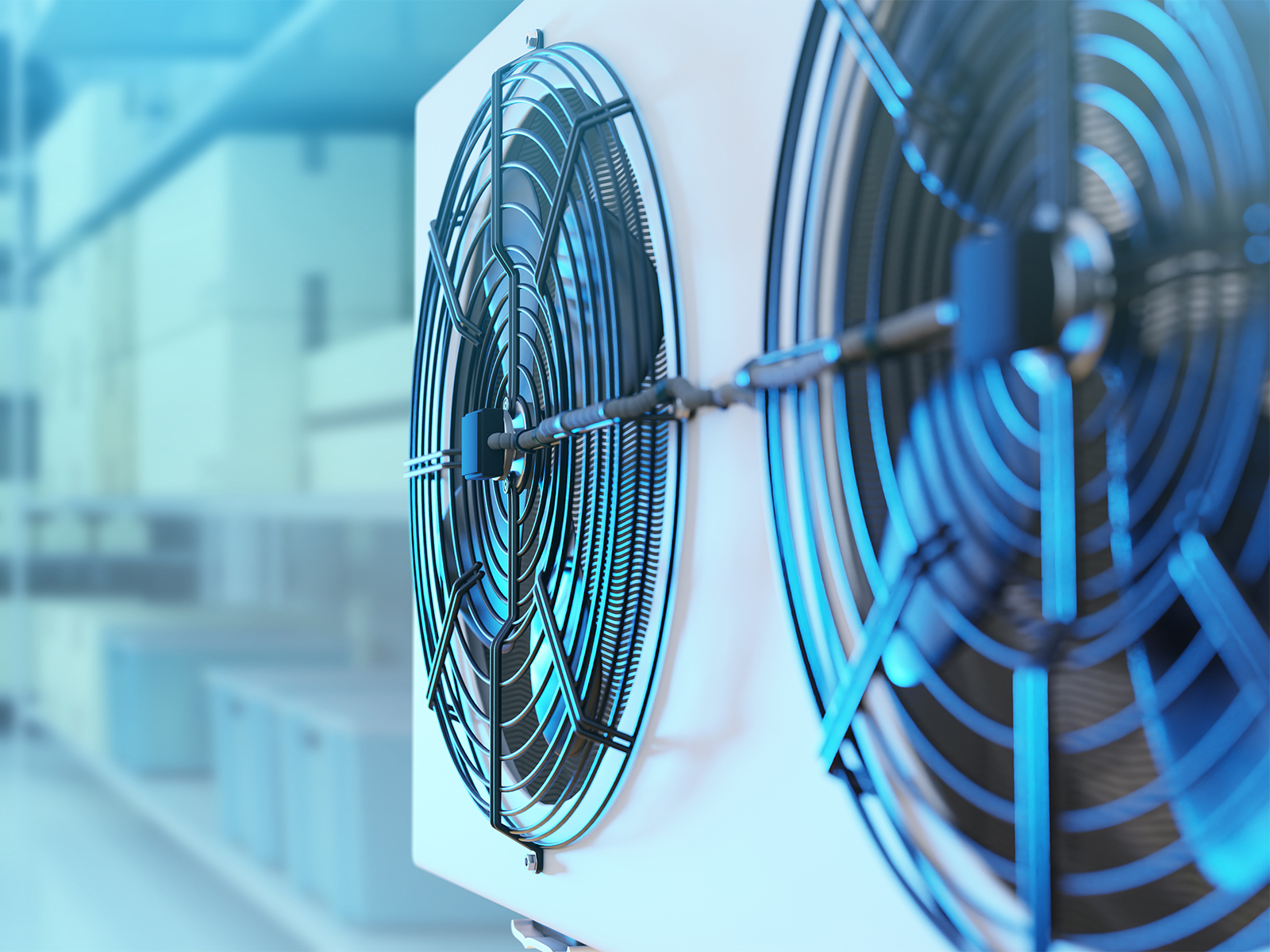
Looking Ahead
As the cold storage market continues its upward trajectory, facilities like Ziegler Northampton represent the future of pharmaceutical logistics. The combination of regulatory compliance, technological innovation, and comprehensive service offerings positions Ziegler as a leader in this rapidly growing sector.
For healthcare industry partners seeking reliable, compliant, and technologically advanced cold storage solutions, Ziegler’s Northampton facility offers a compelling proposition. With its WDA license and extensive capabilities, Ziegler is not just participating in the future of cold storage—it’s helping to shape it.
The coming years promise exciting developments in cold storage technology and innovation. With its newly licensed facility and commitment to excellence, Ziegler UK stands ready to meet the evolving needs of the pharmaceutical industry while setting new standards for quality and reliability in temperature-controlled logistics.
Ziegler Lands Freight Forwarding Company of the Year Award
We are truly honored to have been named Freight Forwarding Company of the Year 2024 by Business & Industry Today magazine. This prestigious award is a testament to the dedication and commitment of our entire team and was the perfect way to cap off a busy year. We invite you to read the double-page feature in their latest issue, where our Managing Director, Lee Marshall, shares insights into Ziegler’s evolution and why we’re the freight forwarder of choice. Discover how we can drive your business forward in 2025 and beyond!
Click the link for further info: https://tinyurl.com/53spxtyxhttps://tinyurl.com/yasds6rp
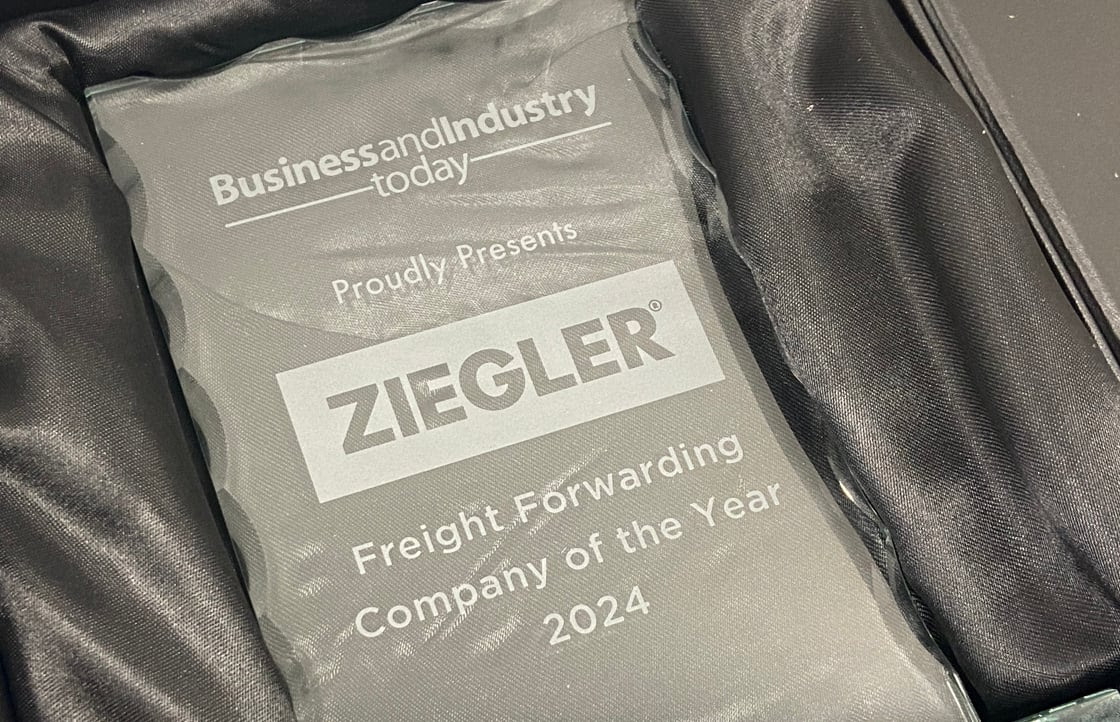
What You Need to Know About Upcoming Safety and Security Declarations
Starting January 31st, the UK Government will implement a Safety & Security Declaration (S&S GB) for goods entering the country. This regulation aims to assess potential threats associated with imports, protecting the UK from illegal or dangerous items while maintaining smooth trade flows. Ziegler UK is prepared to manage this process for our clients, ensuring your goods move seamlessly. Learn more about S&S GB and how we’ll support you by accessing the full article below.
Click the link to view: https://tinyurl.com/zmhnwmv2https://issuu.com/baitmedialibrary/docs/bait396/34?fr=xKAE9_zU1NQhttps://www.youtube.com/watch?v=kmRBe4H88PY
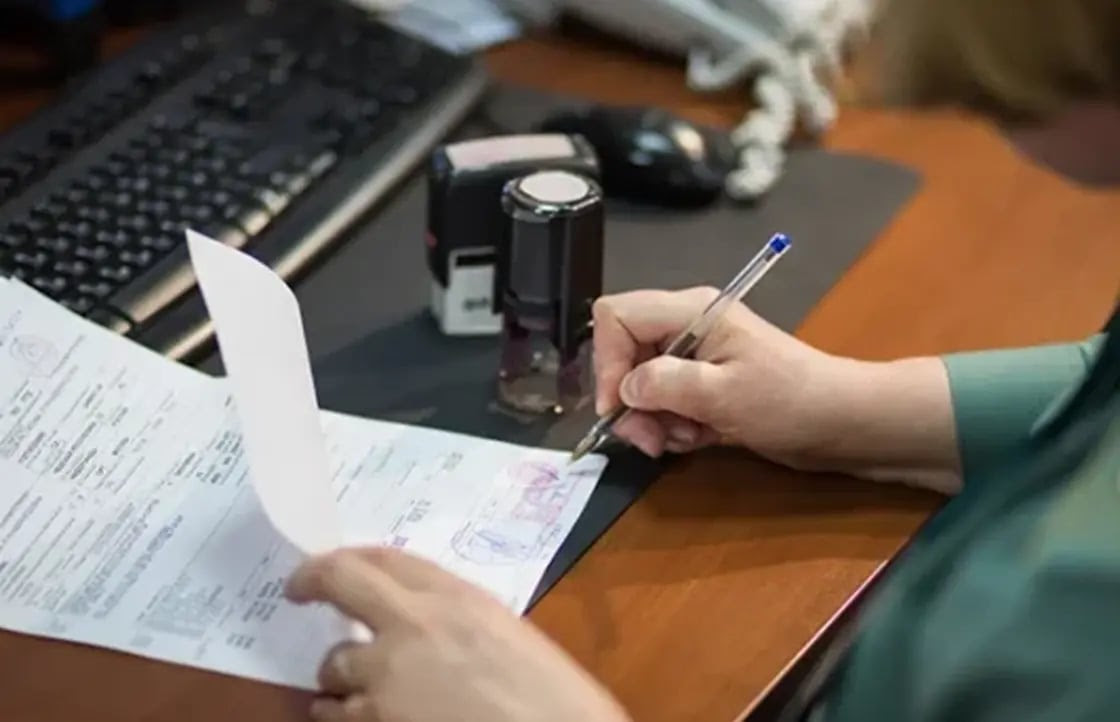
Start of 2025 Sees Influx of UK Staff Promotions
Ziegler UK is proud to acknowledge the recent promotions of several dedicated staff members across various departments. These well-deserved advancements reflect the hard work, commitment, and exceptional contributions our team makes every day.
At Ziegler, we understand the importance of nurturing and retaining the best talent in the industry, providing growth opportunities that motivate and inspire. Our ongoing commitment to staff development demonstrates why Ziegler is becoming the employer of choice for professionals in freight and logistics. Join us in celebrating these achievements and see why Ziegler is the place to build a rewarding career.

First Phase of My Ziegler App for Quoting, Booking and Tracking Begins Rollout
We’re excited to announce the upcoming rollout of MyZiegler, our innovative quoting, booking, and tracking app. Tailored for road, air, and ocean freight customers, MyZiegler will also include transport documentation management, providing a seamless and efficient freight management experience. With its comprehensive suite of integrated tools, MyZiegler is set to revolutionise how you handle your shipments, enhancing visibility and control every step of the way.
Be among the first to access this robust solution. Registering your interest today by emailing sales.enquiries@zieglergroup.com
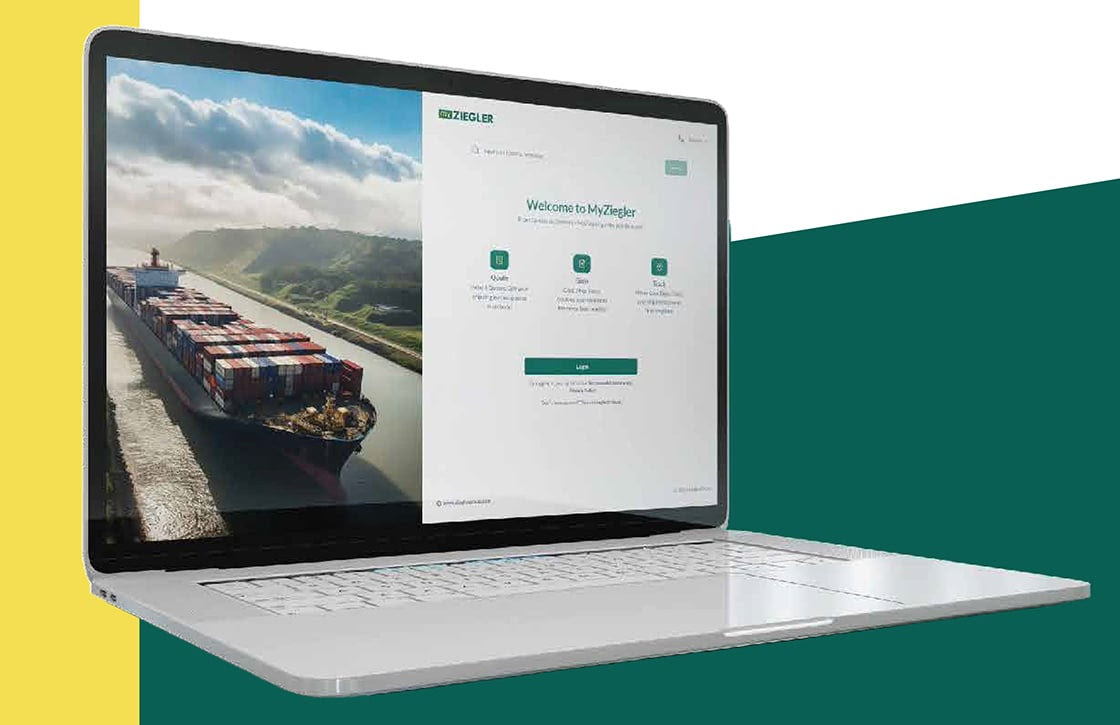
Value-Added Services Division Continues to Build Momentum
Our value-added services division at the London Gateway head office is expanding, offering enhanced solutions for our customers. This development includes e-commerce support, picking and packing, and comprehensive B2B and B2C services, tailored to meet diverse business needs.
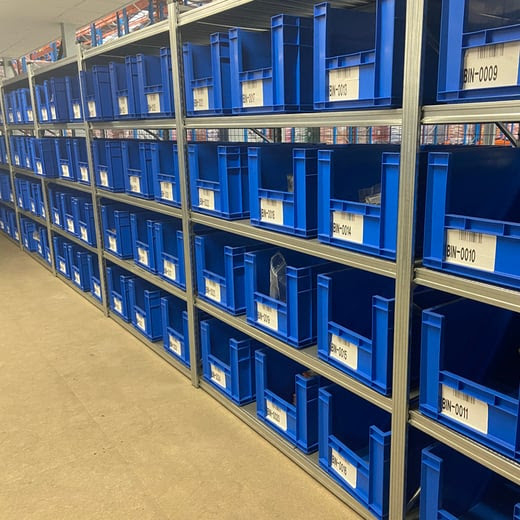
Festive Fun for Ziegler UK Staff Celebrating the Christmas Season
Ziegler UK’s Christmas celebrations were a festive success, bringing together our branches to celebrate the season of good cheer. A wonderful time was had by all, with plenty of joy, laughter, and camaraderie, highlighting the strong bond within our Ziegler family.

Don’t Forget to follow us on social media
Stay connected to ensure you’re always up to date with all latest Ziegler UK news, promotions and offers.
Click on the social media icons at the bottom of this page to follow us on each channel.


